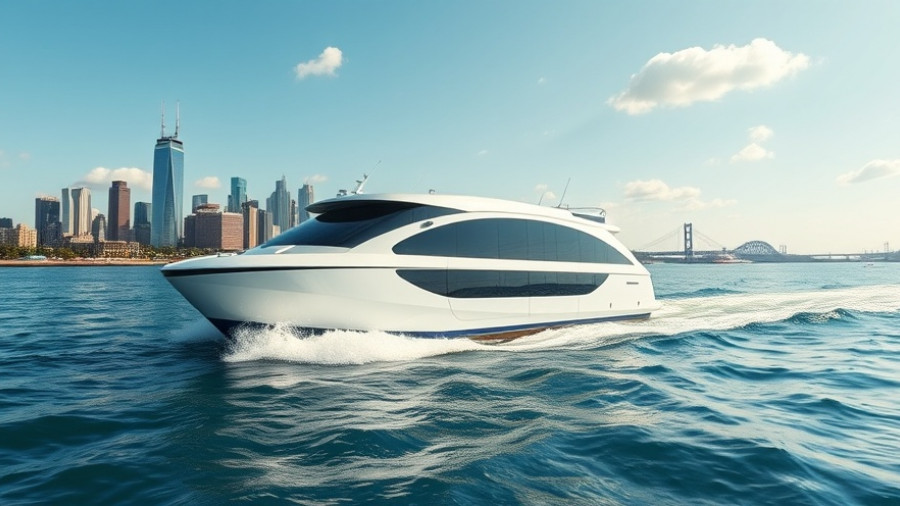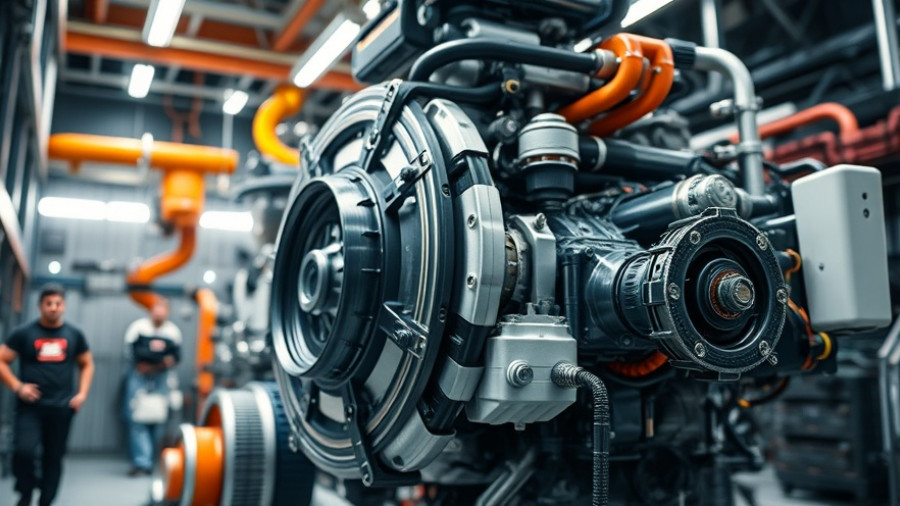
The Future of Marine Transportation Amid New Acquisitions
The marine transportation sector is witnessing significant shifts as Redwood Holdings prepares to acquire Canal Barge Company, enhancing its burgeoning footprint in the U.S. Jones Act market. As part of a strategic move that has the potential to reshape the industry landscape, this acquisition follows Redwood’s earlier purchase of Marquette Transportation Company. Through this new structure, Redwood aims to unify these two prominent entities under a single holding company, promising to drive forward innovation and commitment to safety.
A Legacy of Excellence: Canal Barge Company
For over 90 years, Canal Barge Company has established a reputation for excellence in specialized marine transportation and services. The company’s strength lies in its ability to deliver diverse logistic solutions tailored for various industrial customers. H. Merritt Lane III, the incoming CEO of the combined holding company, emphasizes that this acquisition will not only uphold but enhance the legacy built by the Jones, Huger, and Lane families. This commitment to service and quality mirrors the foundational values of both Canal Barge and Marquette, setting a strong precedent for the future.
Operational Synergies: Blending Capabilities
Marquette Transportation and Canal Barge serve different niches within the Jones Act market, which presents a unique opportunity for collaboration. While Marquette excels in barge towing services primarily within the dry and liquid cargo sectors, Canal Barge focuses on broader maritime logistics, terminaling, and harbor services. The combination of their strengths will enable a more extensive service offering that benefits both their clientele and operational efficiency.
Commitment to Culture and Values: A People-Centric Approach
One striking aspect of this acquisition is the continued emphasis on employee well-being and company culture. Ryan Mostrom, a partner at Redwood Holdings, highlighted their commitment to the long-term growth of employees, suggesting that they see the people behind the businesses as integral to future success. This people-oriented approach not only enhances employee morale but also fosters a culture of safety and excellence, crucial in the maritime industry.
Market Predictions: What Lies Ahead?
With the acquisition of Canal Barge underway, the maritime landscape seems poised for growth. As both companies leverage their combined expertise to explore new markets and improve their services, industry analysts predict that this unified platform will facilitate the emergence of innovative logistical solutions tailored for the evolving maritime needs. Stakeholders are optimistic that this could lead to better service delivery and new business ventures.
Exploring Potential Risks and Challenges
While the merger presents numerous opportunities, it is essential to acknowledge potential risks. Competition in the marine transportation sector remains fierce, with varying demands and priorities among industrial clients. As Canal Barge and Marquette Transportation work to capitalize on their strengths, they must remain vigilant in assessing market trends and customer needs to avoid stagnation or misalignment.
Conclusion: A New Era for Marine Transportation
The acquisition of Canal Barge Company by Redwood Holdings reflects a transformative moment in marine transportation. With leadership committed to growth and innovation, both Canal Barge and Marquette Transportation are set to enhance their service offerings while solidifying their legacies within their respective markets. This partnership exemplifies how strategic mergers can drive industry advancements while maintaining dedication to safety, customer service, and employee satisfaction.
 Add Row
Add Row  Add
Add 




Write A Comment